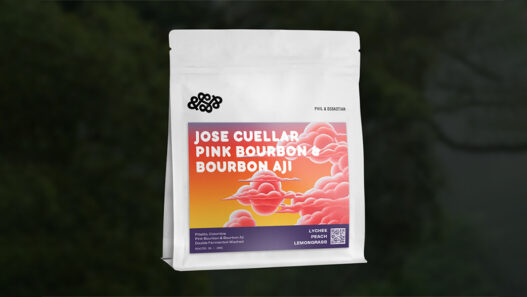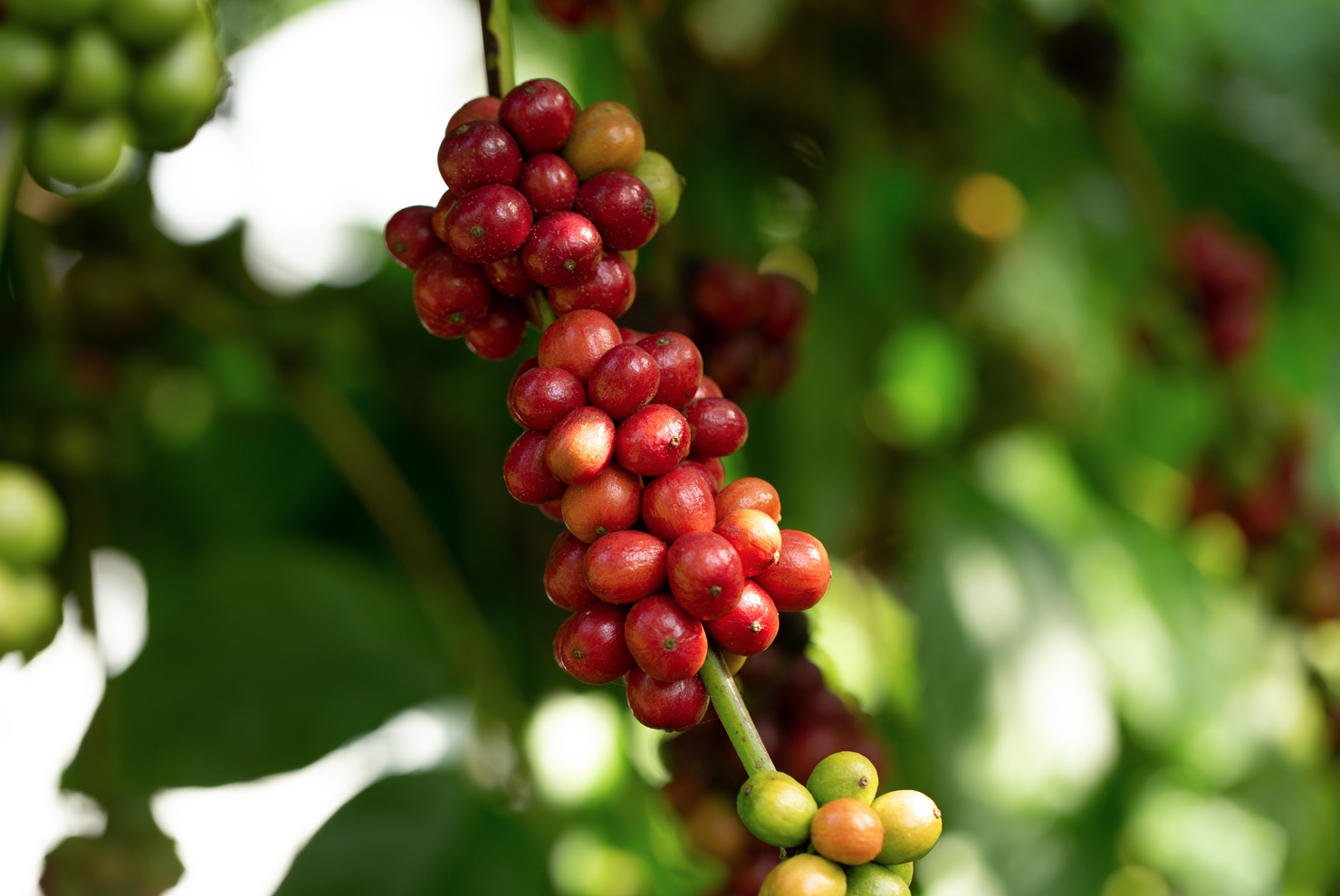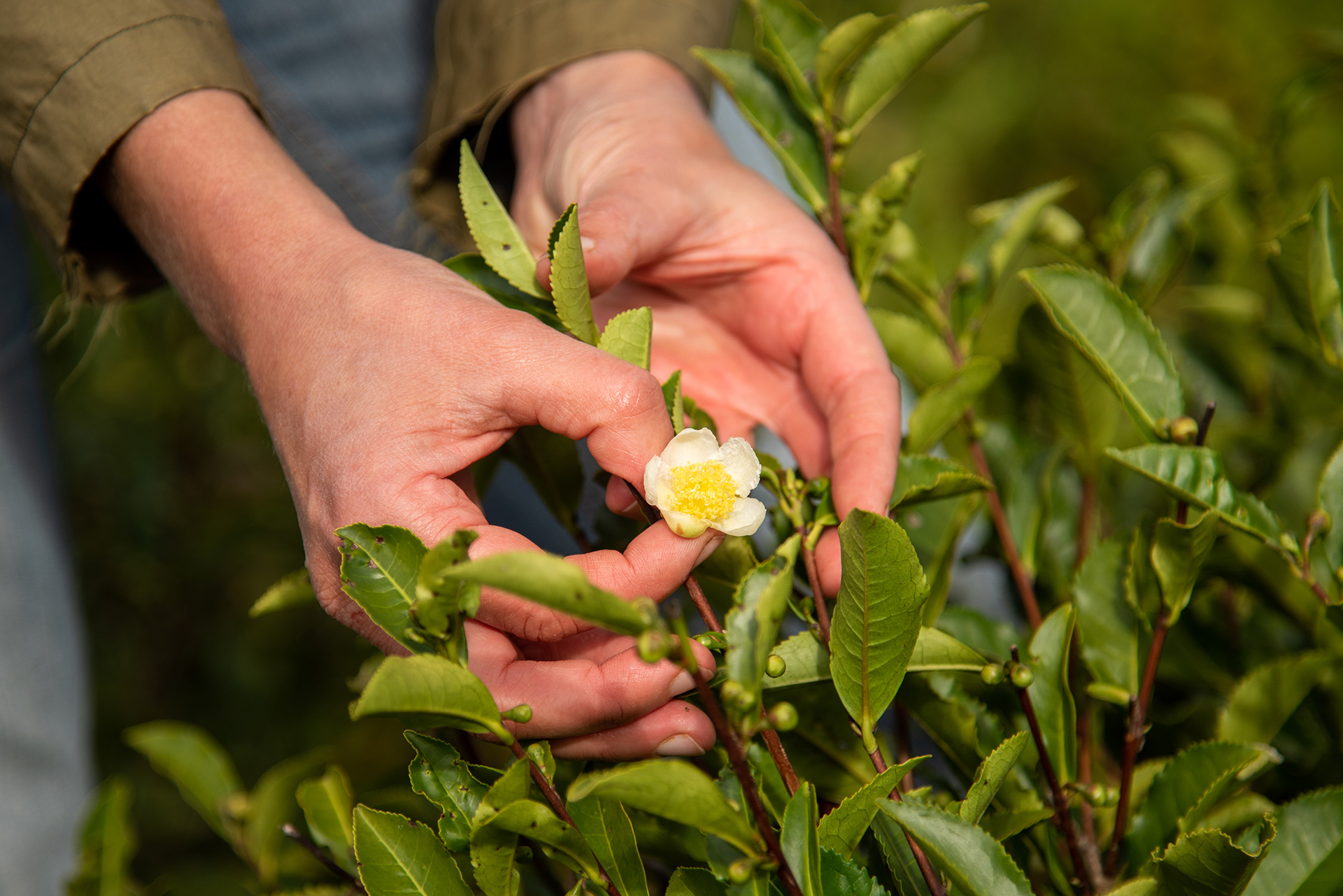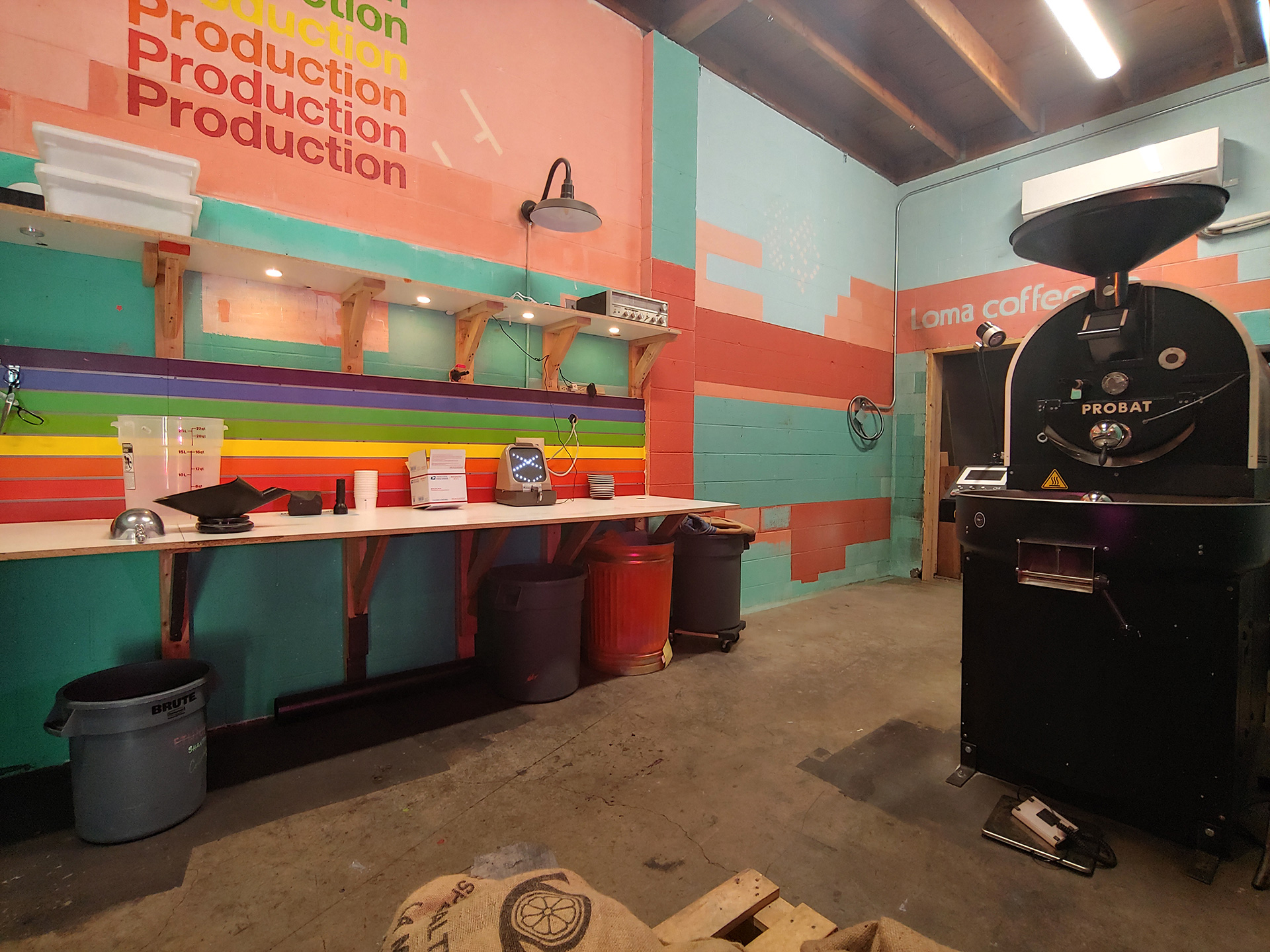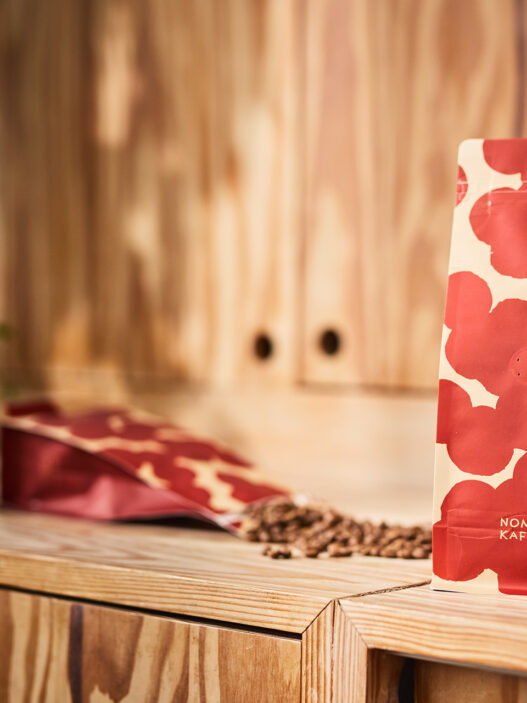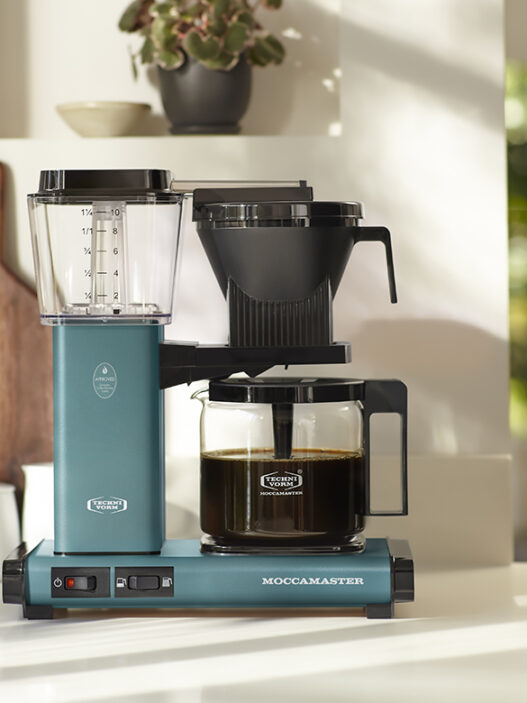It’s impossible to overstate just how significantly climate change is impacting coffee production (and the coffee industry at large really). We recently took a deep dive—albeit an incomplete one—at some of the ways global warming is affecting coffee, but a new article in Reuters brings to light another one: the rise of Robusta.
Changing crops due to climate change is not a new phenomenon. In the past, farmers have switched to growing more resilient coffee varieties, like the Arabica/Robusta hybrid Castillo in Colombia, to diversifying away from coffee monocropping to include growing cacao, to even a wholesale abandoning of coffee production in favor of more profitable (read: actually profitable) crops. But in Brazil, some producers are girding themselves against the effects of climate change by planting coffea canephora, a species of coffee tree better known as Robusta.
As reported by Reuters, the reasons for the switch are obvious. Robusta has traditionally been considered a quantity-focused plant; they can grow in hotter temperatures, produce more fruit more easily, have higher caffeine content, and aren’t as finicky about growing conditions as their Arabica counterparts. The downside, though, is that Robusta has been traditionally viewed as inferior to that of Arabica and thus only fetches a fraction of the cost.
Some producers in Brazil are looking to capitalize on the quantity over quality dichotomy with Robusta. “For equivalent levels of technology, it produces almost twice as much,” Enrique Alves, a coffee seed cultivation scientist at Brazil’s Embrapa tells Reuters. And as the world’s leader in coffee production, switching to Robusta should shift the balance of power amongst coffee species. Arabica has been losing market share for some time now, slipping from comprising 70% of total global production to somewhere around 60%. With Brazil moving to Robusta, that number could drop even further.
Per Reuters, in the past three seasons alone, Brazil has increased their Robusta output by a staggering 20%, to 20.2 million 60kg bags. Meanwhile, in the same amount of time in Vietnam, the largest exporter of Robusta, production has fallen by 5%, to 28 million bags. As it stands, though, Vietnam still has a significant buffer before being overtaken by Brazil, currently in second, as the largest Robusta exporter. The vast majority of Brazilian Robusta gets consumed domestically, with only 4.9 million bags leaving the country last year, as opposed to Vietnam’s leading 23.6 million.
Even still, with Arabica production being subject to drought, unexpected frosts, flooding, and other manner of unpredictable, climate change-related weather, Brazilian-grown Robusta is poised to become part of folks’ everyday coffee consumption. “The world will in the near future use a lot of Brazilian robusta, I’m sure of that,” states Carlos Santana, a coffee trader with Eisa Interagricola.
But contrary to what Reuters says, this isn’t entirely a bad thing; Robusta isn’t the flavor bogeyman it is made out to be. While it is true that Robusta has been traditionally of a lower quality, it has been due more to how it is grown than the flavors inherent to the bean itself. Produced under the same exacting conditions as specialty-grade Arabica and Robusta can actually be quite nice. So while losing Arabica production and variety due to climate change is a very large, very significant concern, an increase in Robusta production isn’t necessarily part of the downside. Robusta can be good, and as Enrique Alves states, thanks to Robusta, “our daily coffee will never be missing.”
Zac Cadwalader is the managing editor at Sprudge Media Network and a staff writer based in Dallas. Read more Zac Cadwalader on Sprudge.










